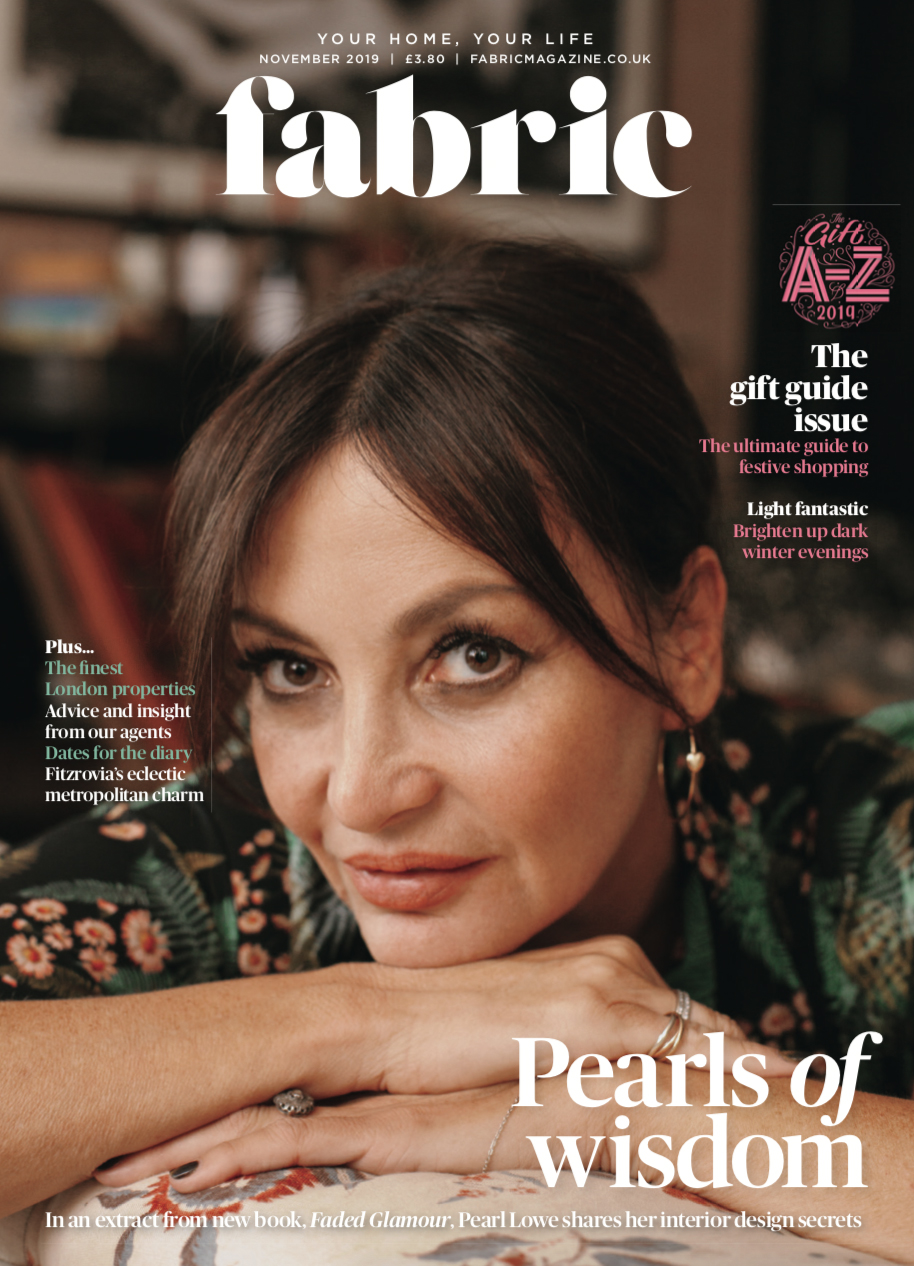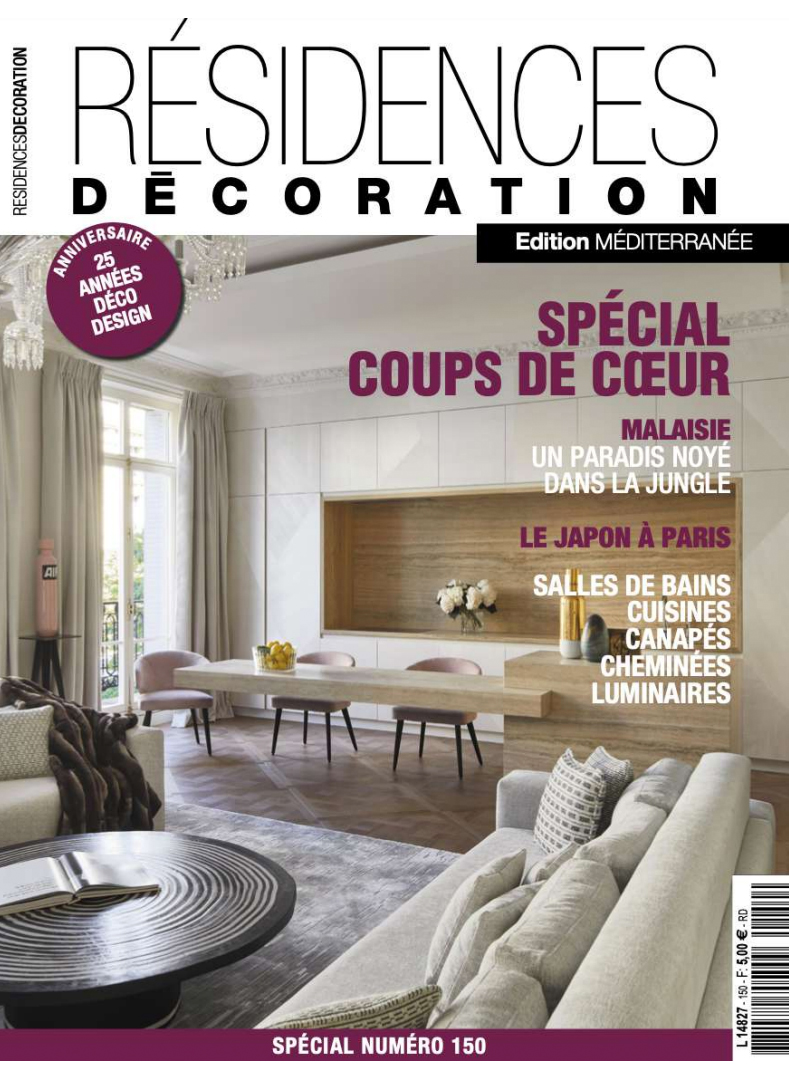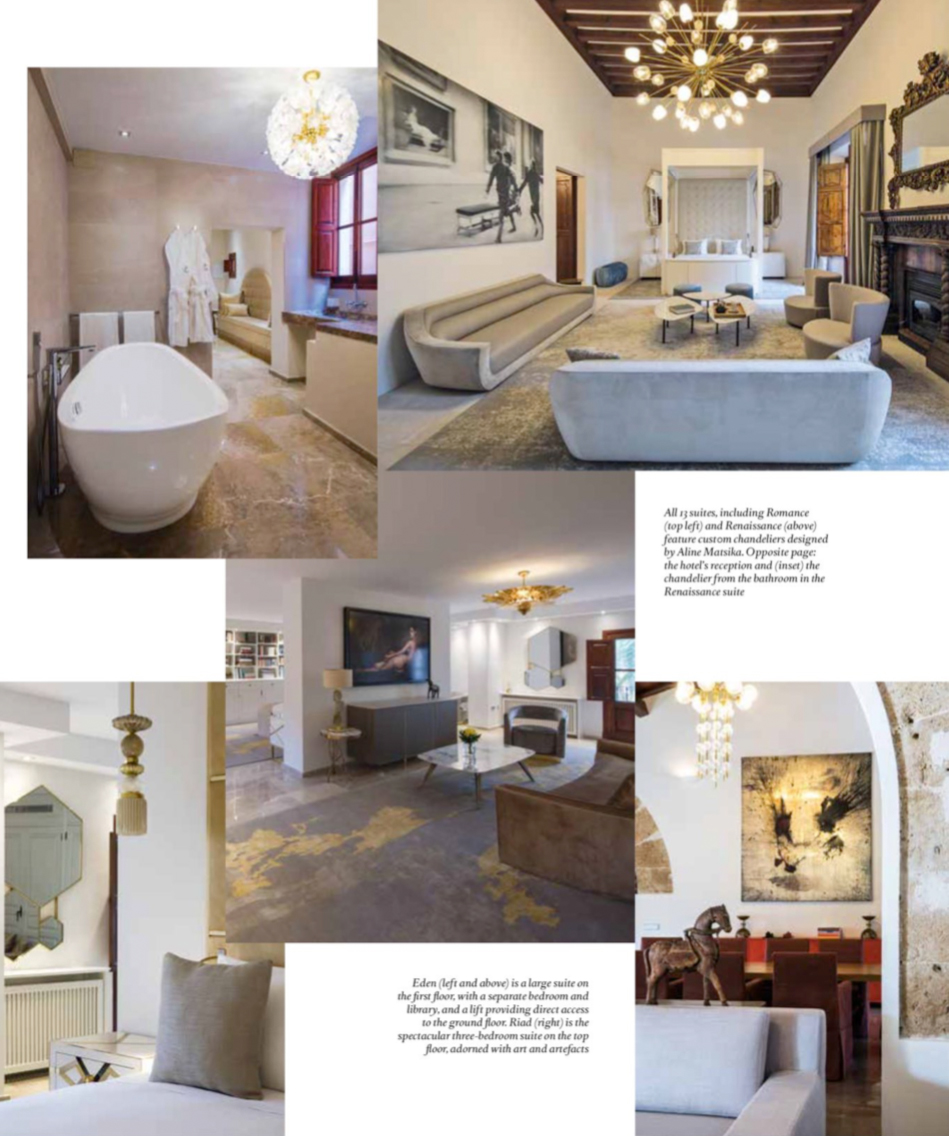

A flair for design is deep-rooted in Palma: Antoni Gaud[ modernised Palma Cathedral (1903-1914) and Spanish surrealist Joan Mir6 created the best of his life’s work here and was declared its adoptive son. Over 6,000 of his pieces can be seen at the Pilar and Joan Mir6 Foundation – a must-visit. The appreciation for art continues at Palacio Can Marques, a 13-suite hotel that flung open its heavy oak doors in 2018, following a laborious restoration project. The 18 h-century palace is found on a narrow street in the old town’s La Lonja district, between bon-bon-hued buildings housing tapas bars (make reservations at La Paloma) and gelato parlours (try the orange sorbet at Iceberg La Lonja). Each of the extravagant suites has been meticulously curated by Parisian interior designer Aline Ma sika, who personally conceived each of the 38 Murano-glass chandeliers and hand-selected every piece of art, literature and furniture throughout. The Cathedral – our favourite of the suites – threatens to upstage Gaudf’s nearby work with its 6m-high ceilings and elegant stained-glass windows Elsewhere, Rose is a heady bouquet of soft pinks, peaches and corals, with its own palm-strewn private terrace, Eden is brushed with copper and golds and houses a library, plus its own private lift, while Romance has a two-person tub in a nod to its namesake. Crowning them all is Riad, which boasts three master bedrooms, a living room, dining room and luxurious Moroccan-style plunge pool from which o savour 360-degree city views, G&T firmly in hand FRM.



























